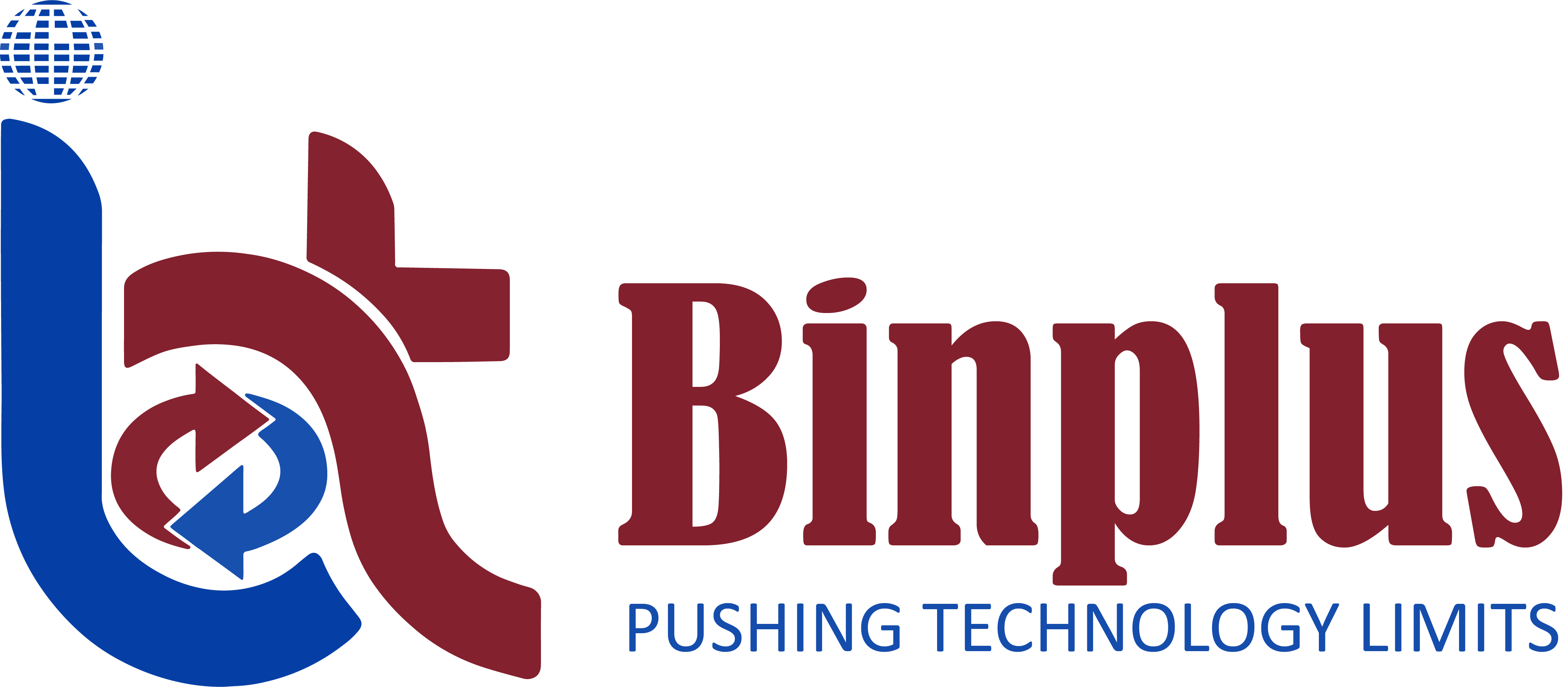The Role of HRMS in Shaping Modern Leadership
Today’s leaders must balance a myriad of responsibilities—driving business strategy, developing talent, fostering engagement, and maintaining operational efficiency. The complexity of these tasks demands a new breed of tools. HRMS platforms offer a unified system that integrates various HR functions—everything from recruitment to payroll, performance management, and employee engagement tracking—all under one roof. This integration allows leaders to oversee the big picture, while ensuring that each department, team, and employee is aligned with the organization’s overarching goals.
1. Data-Driven Leadership Decisions
Effective leadership is built on open lines of communication, and HRMS plays a crucial role in breaking down barriers between leadership and employees. Whether it’s gathering feedback through surveys, managing team collaboration, or communicating company goals and values, HRMS platforms facilitate seamless interaction across all levels of the organization.
4. Driving Employee Engagement and Retention
Engaged employees are the cornerstone of any successful organization. HRMS platforms help leaders track and boost employee engagement by offering tools for measuring job satisfaction, conducting pulse surveys, and monitoring overall morale. By proactively addressing areas of concern—whether it’s through recognition programs, tailored development opportunities, or employee wellness initiatives—HRMS empowers leaders to create an environment where employees feel valued and invested.
5. Optimizing Workforce Efficiency
An efficient workforce is a productive workforce, and HRMS platforms are key in optimizing team performance. Leaders can automate routine administrative tasks, such as payroll, time-off tracking, and benefits enrolment, freeing up their teams to focus on value-adding activities. This not only boosts overall productivity but also minimizes errors and administrative burdens.
By centralizing HR functions in one place, HRMS makes managing workflows more seamless and efficient. Leaders can ensure that teams are working on high-priority initiatives, rather than getting bogged down by repetitive tasks, ultimately driving business growth.


Leave A Comment